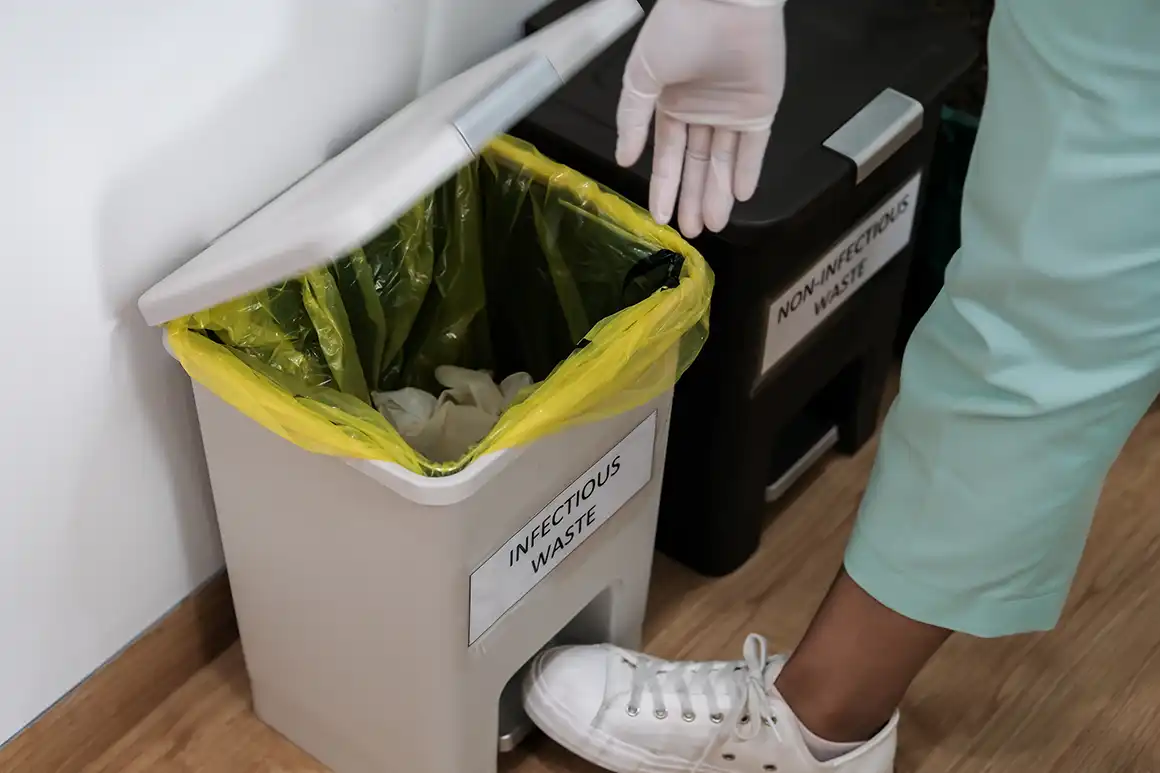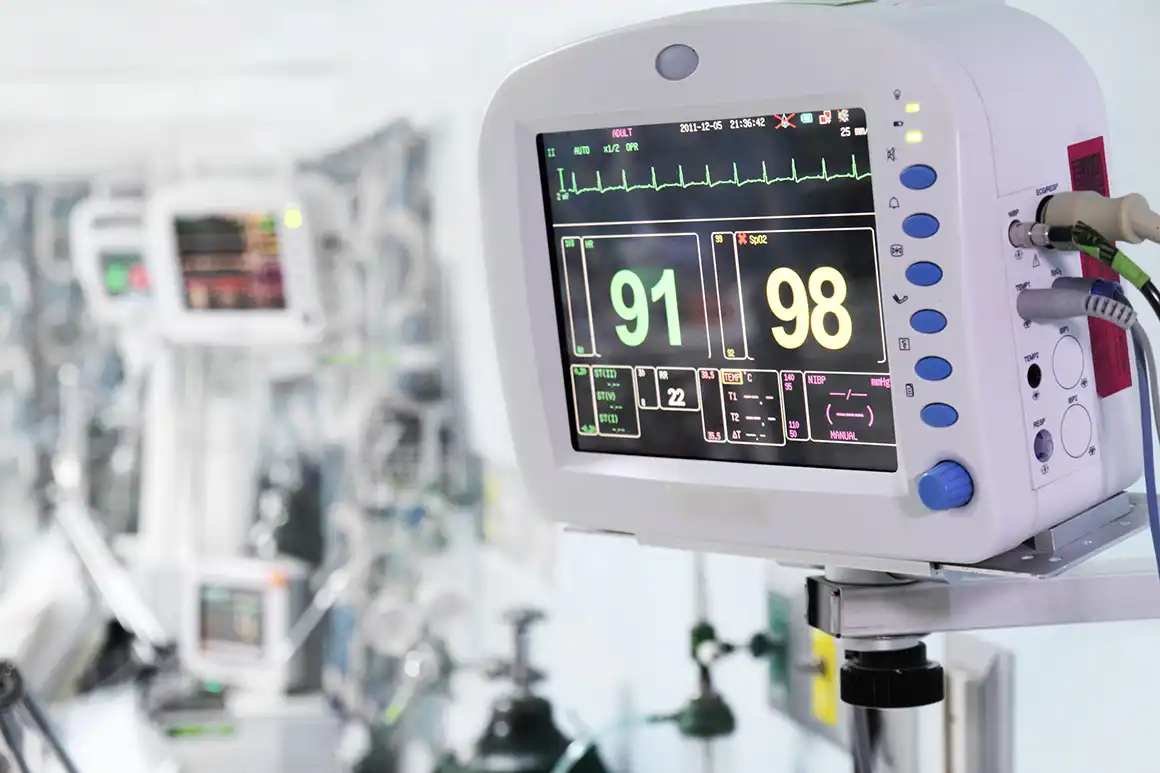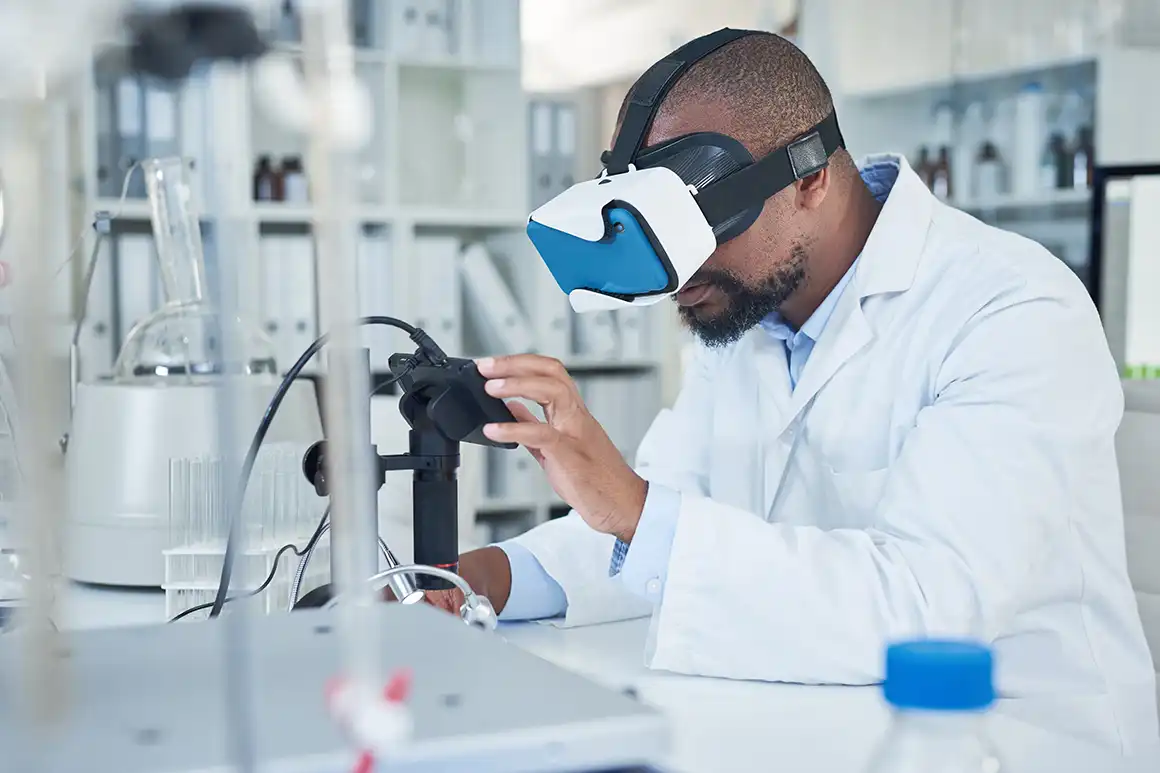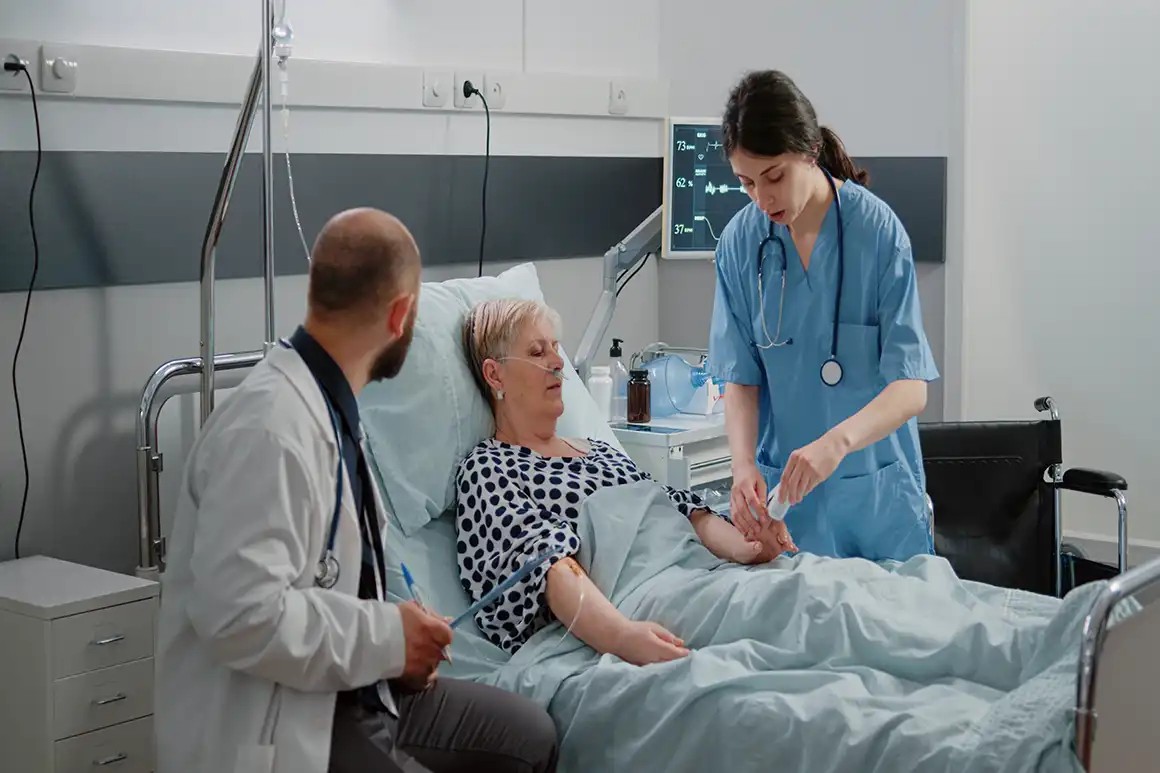
Keys for building a sustainable health system
The circular economy proposals linked to the healthcare area must propose a circular view that covers from the use of eco-designed products to the establishment of responsible protocols with the environment that cover the entire value chain.
A holistic, restoring and regenerative model. This is how the agronomist Mauricio Espaliat defines the circular economy in an interesting academic essay that analyses its application to the healthcare sector. Obviously, healthcare must be committed to this necessary transformation for many reasons, amongst them because, as is obvious, the health of the patients also depends on the actual “health” of the ecosystem that they live in.
Espaliat indicates four critical areas where sustainability is a key factor: natural resources and raw materials, water, energy and waste. The healthcare systems have different strategies to meet their goals that can establish interesting synergies, such as eco-design, servitisaton (the offer of services linked to a specific product), recovery and revalorisation, the collaborative symbiosis between areas or companies and the new responsible purchasing and renting models.
In Compartir magazine we have talked to Rubén Aller about the fundamental elements to guarantee a successful transition towards this new paradigm. Below, we summarise some essential points indicated by this prestigious consultant:
Decalogue for “circular” healthcare

Raise awareness
1 of 10
Above all, it is very important for the executives and the management of the healthcare systems to be fully aware and involved in the change. A global vision must be opted for, which affects the entire cycle of activity.

Fragmenting changes
2 of 10
The circular economy cannot be applied suddenly, but it must be brought in progressively. It is better to fragment the processes, starting with the elements where we can have a positive impact quickest.

No waste production
3 of 10
The main goal is to not generate any waste, from the design of any healthcare product or protocol until the process has ended.

Giving a second life
4 of 10
We must opt for eco-designed products, easy to repair and up-date, conceived for extending their service life. When we no longer want to continue using them, we must be able to give them a second life, working alongside the manufacturers.

Optimising resources
5 of 10
Optimisation of the resources must be sought, for example, ensuring that a hospital can share equipment with a primary healthcare area.

Following the sustainability chain
6 of 10
The commitment to the circular economy does not end in the healthcare system itself, but rather its fulfilment must be extended to the suppliers. Particular attention must be paid to what they supply us to ensure that they truly meet their goals and do not opt for green washing.

Use of AI and Big Data
7 of 10
Artificial intelligence and big data can help us to discover how we can improve and where it is worth acting in a more categorical way. 8We must find new solutions for the different problems that arise. For example, in the area of waste, we could opt for products that are not limited to a single use, or for sterilisation. It must be taken into account that some plastic materials can be toxic for the health of the patients; therefore a good step will always be the control of their use and the way in which they are disposed.

Reducing single-use products
8 of 10
We must find new solutions for the different problems that arise. For example, in the area of waste, we could opt for products that are not limited to a single use, or for sterilisation. It must be taken into account that some plastic materials can be toxic for the health of the patients; therefore a good step will always be the control of their use and the way in which they are disposed. 9Interest in sustainability must be extended to all areas, beyond care in hospitals and medical centres, covering, for example, ambulance transport.

Extending to other areas
9 of 10
Interest in sustainability must be extended to all areas, beyond care in hospitals and medical centres, covering, for example, ambulance transport.

Maintaining quality care
10 of 10
A good circular economy plan must be capable of reconciling the fight against carbon footprint and in favour of sustainability with the maintenance of quality in patient care.



